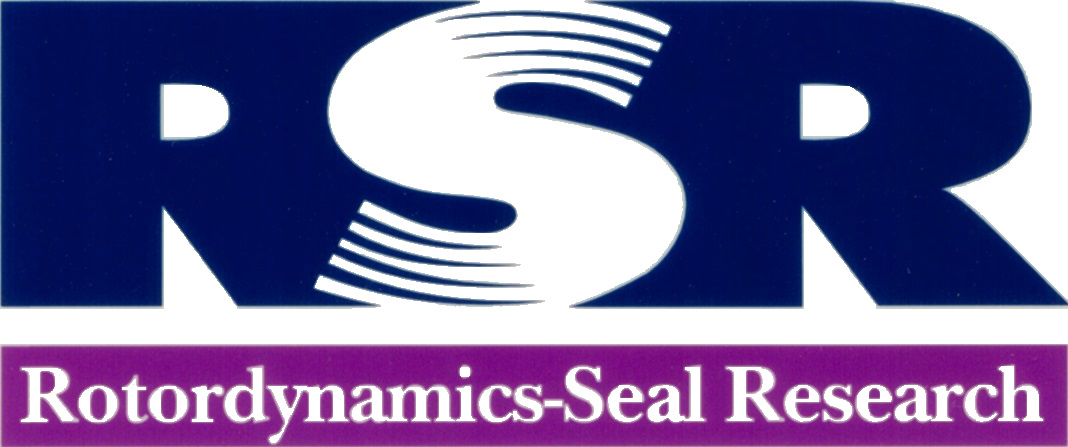2-D FEA Rotordynamics Analysis
Capabilities
RAPPID™ 2D finite element rotordynamics analysis software utilizes conical beam elements to enable modeling of an unlimited number of rotating and stationary structures. A variety of analyses can be completed, including:
- Free-free rotor and housing modes
- Undamped critical speeds and housing natural frequencies
- Damped eigenvalues, stability, and mode shapes
- Synchronous and asynchronous forced response
- Asynchronous response can be constant rotor speed or constant harmonic order
- Nonlinear transient forced response
Advanced Features
RAPPID™ 2D finite element rotordynamics analysis software has many flexible features, including:
- Rotors and housings may have any relative orientation in 3D space
- Each rotor and housing entity modeled with 2D conical beam elements
- Each rotating assembly is assigned a speed and direction
- Analysis of co-rotating, counter rotating, and co-axial rotors
- All DOFs are included for analysis of coupled axial, torsional, and lateral modes
- Up to 108 rotordynamic coefficients for each interconnection
- Unlimited number of forcing functions
- Forcing functions may be defined with magnitudes that are constant or a function of frequency squared
Postprocessing
RAPPID™ 2D finite element rotordynamics analysis software has unique postprocessing capabilities, including:
- Automatic generation of geometry plot with only user selected nodes and load paths
- Natural Frequency Map, Stability Map, Root Locus Plot, and 3D Mode Shapes
- Rotor modes are automatically sorted and labeled along with user defined operating range
- User defined harmoic lines are displayed and interferences automatically labeled
- Mode Shape plots with natural frequency, synchronous critical speed(s), stability parameter, and whirl direction
- Rotor Displacements, Dynamic Loads, and Response Shapes.
- Response plots are created in fixed X-Y and rotating Major/Minor coordinate systems
- Amplification factors (AF) automatically calculated
- AF displayed on X-Y response plots with corresponding peak frequency response
- User defined rub limits displayed on Major/Minor response plots
- Separation margins relative to a user defined operating range are automatically displayed
- Plot responses from different rotor stations and/or different analysis runs on same plot
- Animation program included to illustrate rotor modes amd response shapes
